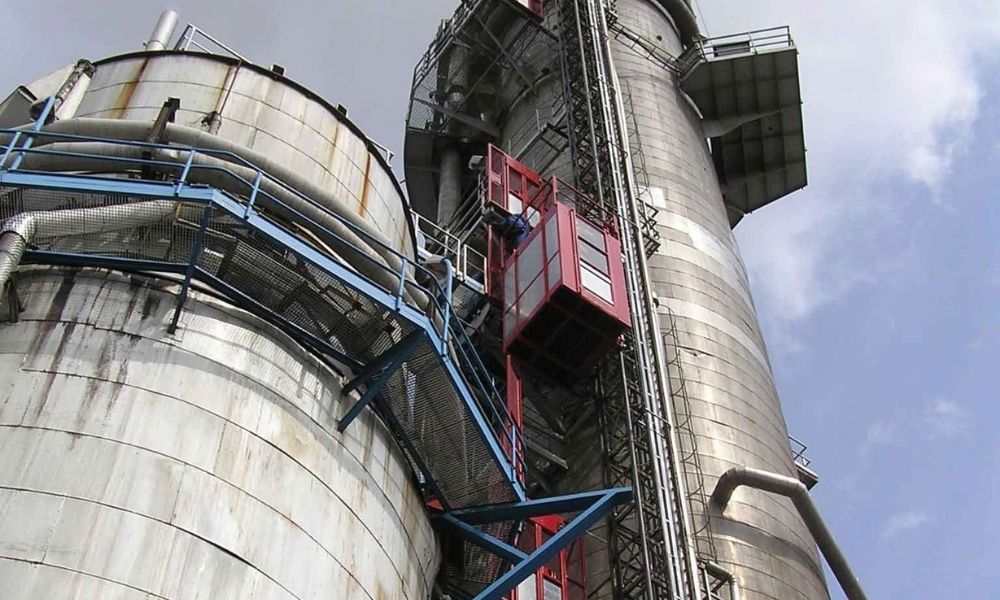On jobs that require people to work at a significant distance above the ground, specialized equipment is often necessary. Among the most useful types of machinery for embarking on such lofty projects are personnel elevators. If you’re not sure if your application necessitates one of these devices, consult this guide on when a personnel elevator is required.
What Is a Personnel Elevator?
A personnel elevator refers to a permanent elevator that facilitates the vertical transportation of materials, equipment, and workers on a job or industrial site, but not members of the public. Such elevators allow transportation to occur safely and efficiently and often use a pulley system to raise and lower necessary items or personnel. Smaller varieties that carry maintenance crews are called “manlifts.” On the other hand, the term “industrial elevator” generally covers all varieties of personnel elevators. Although they are called personnel elevators, they aren’t exclusively for personnel use and frequently carry all kinds of materials too.
Top Applications of Personnel Elevators
So, when is a personnel elevator required? Well, personnel elevators can prove highly useful in a wide range of applications. Often, they come in handy when stair towers or mobile lifting equipment like cranes or telehandlers are unsuitable. Over long distances that stretch over about 50 feet, a stair tower is inadvisable for access. This is especially true if it is part of a stretcher-evacuation plan or if workers need to carry tools or materials. In some states like California, stair towers don’t meet regulations, as laws may restrict their use over a certain height on temporary and permanent projects. These kinds of restrictions exist because lifting using conventional hoisting wells like cranes or telehandlers is less safe for workers than personnel or material elevators. It also carries higher risks for the materials. Personnel Elevators can also serve in both temporary and permanent applications in various contexts, such as construction or renovation for low- and high-rise buildings, mines, bridges and tunnels, oil and gas refineries, power generating plants, and many more. They may go by different names in these cases, such as “construction hoist” or “buck hoist.”
In such instances, personnel elevators facilitate the vertical transportation of personnel and equipment between floors or different levels within structures as large as oil refineries and as small as windmills or grain silos. Furthermore, they can work in almost any hazardous space with risks of corrosion, explosions, or other dangers. Trying to scale buildings without proper lift equipment could result in fallen tools, materials, or workers. These risks can lead to serious injuries or even death.
Aside from the safety risks involved with forgoing necessary lifting machinery, failing to implement personnel elevators when necessary can also significantly slow production and delay projects unnecessarily. Thus, if you’re interested in saving a substantial amount of time and money while also protecting the safety of workers, you should consider investing in a personnel elevator for your project.
UCEL specializes in providing reliable, durable, and safe vertical access equipment. Whether you require a personnel elevator or a construction hoist, we have you covered. Our wide range of high-quality vertical transportation equipment will suit the needs of your specific application. To learn more about renting or purchasing our well-priced machinery, contact us today.
